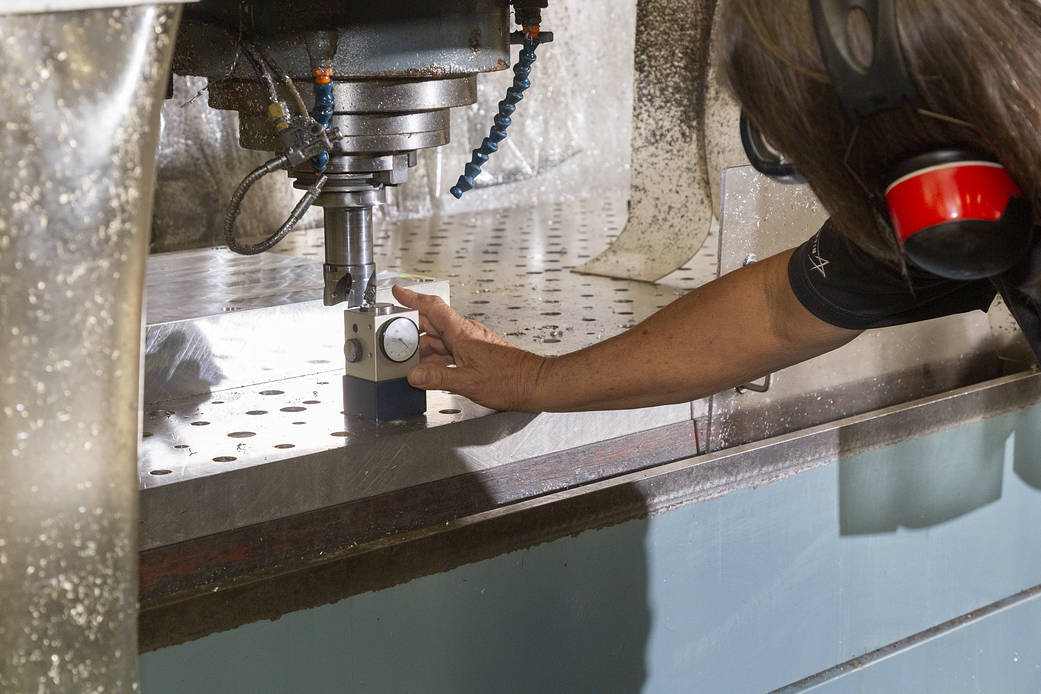NASA and Lockheed Martin have now taken a step closer to a future with faster-than-sound air travel over land.
Lockheed Martin Aeronautics Company of Palmdale, California, recently began manufacturing the first part of NASA’s X-59 Quiet SuperSonic Technology (QueSST) aircraft. When completed, NASA will use the X-59 to study how reducing the sonic boom heard from traditional supersonic jets to a quiet sonic “thump” could lead to acceptance of supersonic flight over land.
Pictured, a Lockheed Martin technician at their Palmdale, California, facility prepares a machine to shave the first piece of NASA’s X-59 QueSST aircraft, which later will be integrated into the overall structure.
“We’ve reached an exciting milestone not only for NASA but for airliners and passengers wishing to arrive to their destination in half the time,” said Craig Nickol, the NASA project manager for the Low-Boom Flight Demonstrator project. “Manufacturing the first part of the X-59 is a step on a path that leads to the completion of an exciting research aircraft, quiet supersonic flight and new markets for faster air travel.”
When completed, the single-pilot experimental aircraft will go through a series of tests to prove its performance. Then the X-59 will fly over a number of U.S communities, collecting data on how the public responds to the quiet “sonic thump.” U.S. and international regulators will use the data to potentially change the rules that currently ban supersonic flight over land.
Lockheed Martin was selected by NASA to build, design and conduct initial flight tests of the X-59. Work under the contract began April 2 and runs through Dec. 31, 2021.
Image credit: Kevin Robertson/Lockheed Martin



























